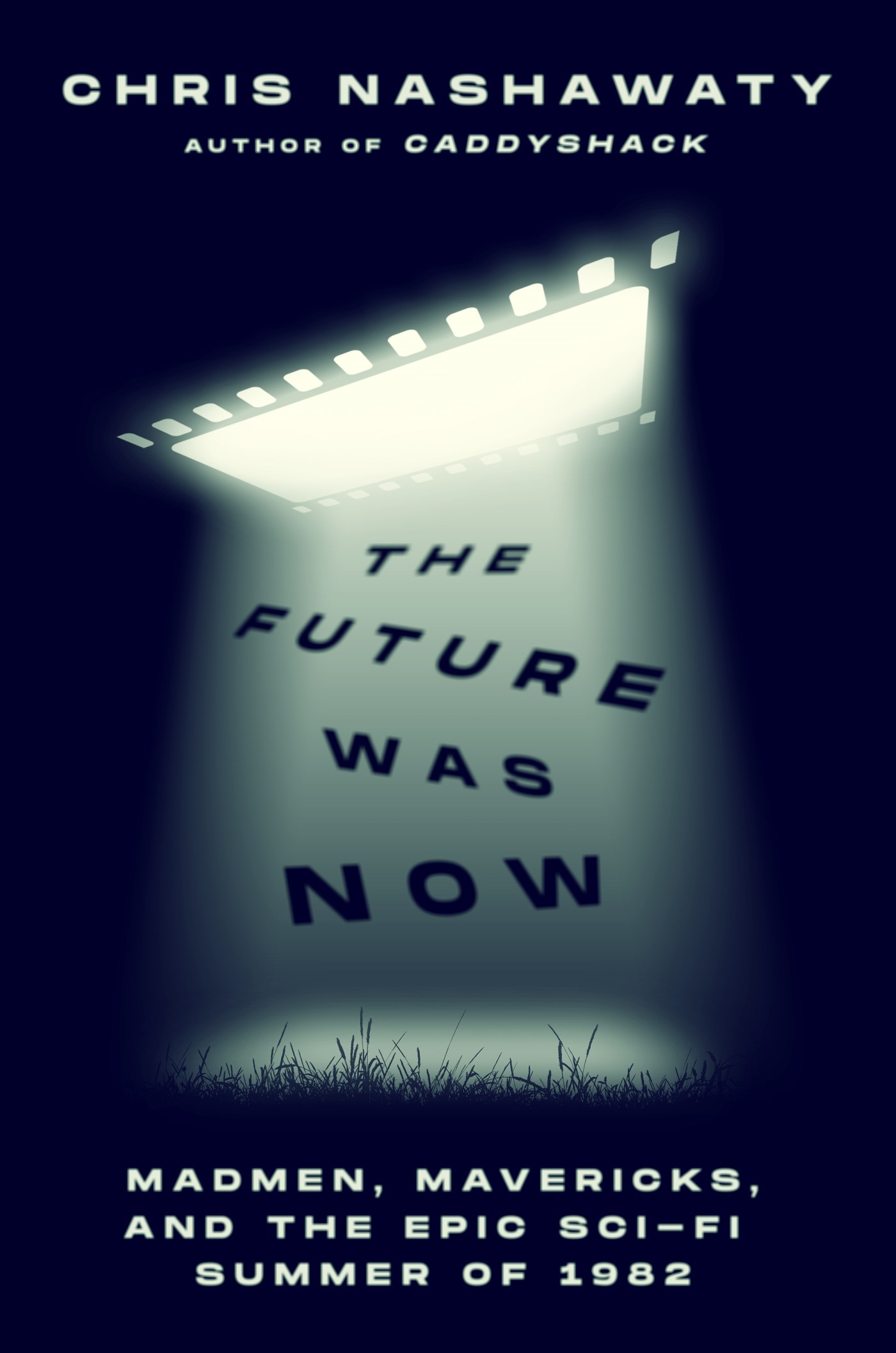
How 1982’s sci-fi transformed Hollywood
Although it seems like it unfolded a long time ago, in a galaxy far, far away, the Barbenheimer phenomenon blasted through conventional wisdom about summer blockbusters just last July: somber Academy darling paired with Day-Glo feminist satire, cultural event melded with marketing juggernaut. The gonzo strategy — competing studios releasing tonally opposite works on the same date — transformed the economics of movies in the age of streaming.
In his piquant “The Future Is Now,” Chris Nashawaty looks to the past, the summer of 1982, when Hollywood invested heavily in an emerging sci-fi audience. He details the debuts of eight films — “E.T.,” “Tron,” “Star Trek: The Wrath of Khan,” “Conan the Barbarian,” “Blade Runner,” “Poltergeist,” “The Thing” and “Mad Max 2: The Road Warrior” — that became the paradigm Barbenheimer challenged. This is business and social history wrapped in an irresistible package of auteurs, shape-shifting monsters, a dystopian vigilante and a cuddly alien — the perfect nonfiction beach read.
In the wake of “Star Wars,” George Lucas’s runaway 1977 success, Tinseltown could no longer ignore demographics. Nashawaty peels back the myths behind each picture. With a few exceptions — gifted screenwriter Melissa Mathison, who penned “E.T,” and volatile Sean Young, Harrison Ford’s “Blade Runner” co-star — the author’s cast is male; they moved like a wolf pack of producers, directors and suits poised for the lunge. As his extensive interviews show, though, strong creative bonds were forged as unprecedented visuals were captured on celluloid.
Here, A-list directors — Steven Spielberg, John Carpenter, Ridley Scott, “populists who just happened to have a Midas touch”— mingle with unknowns: set designers, matte painters and stuntmen. (Arnold Schwarzenegger steals every scene he’s in.) In some cases, crews literally broke the law while in production but crowds flocked to multiplexes, and ticket sales soared.
A former critic for Entertainment Weekly, Nashawaty writes with the pace of an Olympic sprinter and the panache of a seasoned magazine journalist — the zingers zing! The puns are fun! — even when he occasionally overdoes a simile. He observes that “Road Warrior” “would take the form of one big vehicular orgy choreographed as skillfully as a Busby Berkeley musical hopped up on cheap trucker speed.”
But he never compromises substance for style; the book breaks down boardroom deals and technical innovations, from nascent idea to opening night. He revels in artistic élan while following the money, spotlighting the intuitive gamesmanship of producers such as the late Dino De Laurentiis, “who could see dollar signs where others saw stop signs.”
With its macho honchos and lore galore, “The Future Was Now” brings alive a crucial chapter in Hollywood’s evolution, a two-month stretch that elevated sci-fi from a fringe genre to the white-hot center of the industry. It also offers caveats to today’s aspiring filmmakers, as well as adjacent cultural enterprises, including publishing.
As Nashawaty opines, “One single bet that hit the jackpot, or one massive unexpected blockbuster left for dead by a rival studio, could mean the difference between complete industry dominance and an instant regime change resulting in a bunch of unlucky executives carrying cardboard boxes past the studio security gates for the last time.”/Tribune News Service
“The Future Was Now: Madmen, Mavericks, and the Epic Sci-Fi Story of 1982”
By Chris Nashawaty, Flatiron, $29.99.
Grade: A
Film director Steven Spielberg poses with alien character E.T. in London, Dec. 1982. (AP Photo/Press Association)


